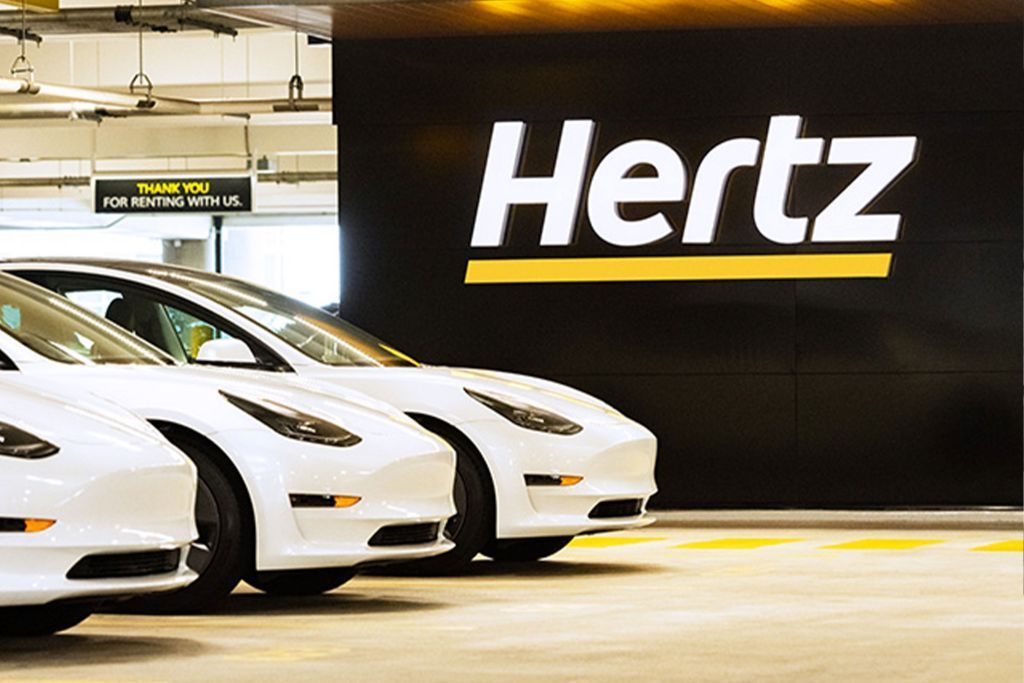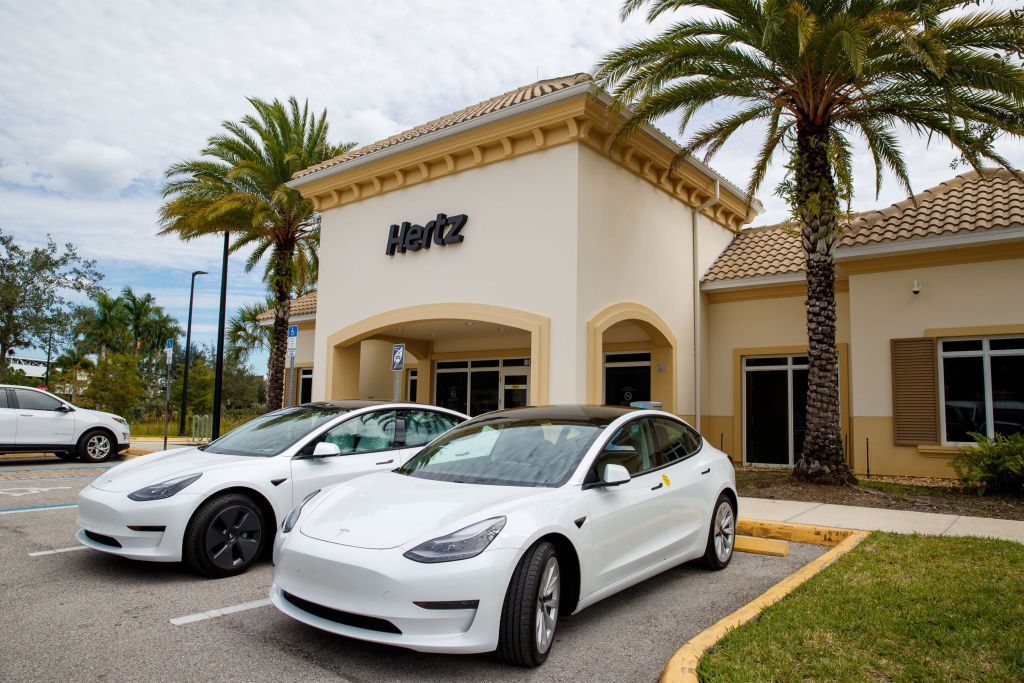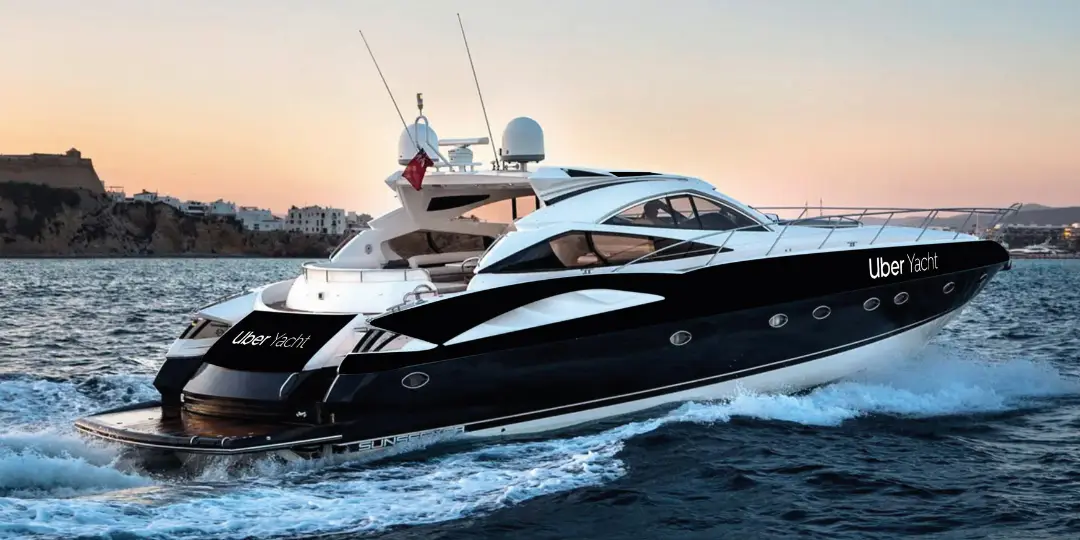Hertz and Uber are accelerating the adoption of electric vehicles (EVs) in the U.S. through a new exclusive partnership to make up to 50,000 Teslas available by 2023 for drivers to rent when using the Uber network.
This partnership is the largest expansion of electric vehicles on a mobility platform in North America and one of the largest globally, marking another step toward Uber’s zero-emissions goal. Starting Nov. 1, drivers can rent Teslas from Hertz through this program in Los Angeles, San Francisco, San Diego and Washington, D.C. – with a nationwide expansion planned in the coming weeks.
For Hertz, the partnership is part of its commitment to lead the future of travel, mobility and the auto industry. This includes Hertz leading in electrification, shared mobility and a digital-first customer experience. On Monday, Hertz announced its most significant investment to offer the largest EV rental fleet in North America and one of the largest in the world. This includes an initial order of 100,000 Teslas by the end of 2022 and new EV charging infrastructure across Hertz’s global operations.
“Today’s partnership with Uber is another major step forward in Hertz becoming an essential component of the modern mobility ecosystem and executing on our commitment to being an environmentally forward company,” said Mark Fields, Hertz interim CEO.
“We are creating the new Hertz and charting a dynamic, new course for the future of travel, mobility and the auto industry.”
“Climate change is an urgent global challenge we must all tackle together, and now is the time to drive a green recovery from the pandemic,” said Uber CEO Dara Khosrowshahi.
“This combines the power of Tesla, Hertz and Uber to help accelerate the transition to zero-emissions mobility. We look forward to seeing more EVs on the road right away.”
For drivers looking to rent a Tesla, this is the best deal available in the market today. It offers drivers gas savings, higher earnings potential, access to the Tesla Supercharger network and Uber’s exclusive EVgo discounts, and other financial benefits through Uber’s Green Future program, which provides incentives – such as $1 more per trip up to $4,000 annually – for drivers to transition from gas-powered vehicles to EVs.
Globally, consumer interest in electric vehicles is skyrocketing because of environmental concern, convenience and reduced operating costs. Access to carpool lanes for solo-occupant vehicles – for both personal and ride-sharing vehicles – also is a major motivator.
Drivers are becoming increasingly interested in EVs. A recent survey of more than 6,000 internal combustion engine (ICE) drivers using the Uber app showed that 47 percent are interested in a battery EV as their next car.
Uber and Hertz have partnered since 2016 to provide drivers with vehicle rental options. With this partnership, Hertz will kick off the program by providing up to 50,000 vehicles by 2023 exclusively to drivers. If successful, the program could expand to 150,000 Teslas during the next three years. Hertz pointed out that these ambitions could be affected by factors outside of its control, such as semiconductor chip shortages or other constraints.
Participating drivers receive a preferred weekly rate for Hertz rentals, which includes insurance, basic maintenance and unlimited miles. The Hertz-Uber offering can also make it easier for drivers to source a vehicle, by eliminating the long-term commitments that buying or leasing a car often require.
Hertz has been an electric vehicle pioneer during the past decade. It was the first U.S. car rental company to introduce EVs to its rental fleet in 2011 and the first to implement a wireless charging system for electric vehicles. The company also is the exclusive rental car member of the Corporate Electric Vehicle Alliance, a consortium of companies focused on accelerating the transition to electric vehicles.













